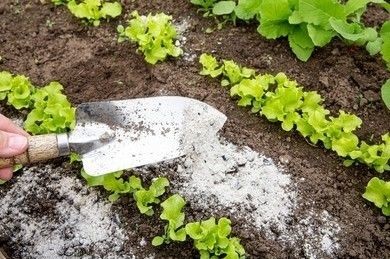Testing for Pesticide Residues in Herbal Medicines
Inquiry
In addition to the quality of herbal medicines, which should be stable and controllable in terms of active ingredients, the issue of pesticide residues in herbal medicines should not be underestimated. The pesticides frequently applied to medicinal plants include organochlorine (OC), organophosphates (OP), organonitrogen, and pyrethroids. OC pesticides are highly enriched in the food chain and accumulate in the fatty tissues of humans and animals over a long period, causing chronic poisoning. OP and carbamate pesticides inhibit acetylcholinesterase and are prone to polar poisoning, sometimes seriously life-threatening. The main routes of pesticide contamination of herbs include indirect contamination of the environment and direct contamination caused by the direct application of chemical pesticides and herbicides in artificial cultivation. Contamination of the soil in which the herbs are grown, water sources, and the atmosphere are the main sources of contamination by some high residual pesticides.

Lifeasible uses colorimetric methods, thin layer semi-quantitative and quantitative methods, gas chromatography-mass spectrometry (GC-MS), and liquid chromatography with tandem mass spectrometry (LC-MS-MS) to analyze and determine pesticide residues in a wide range of herbal materials. The types of pesticides we can determine cover most types of pesticides applied in production, such as OC, OP, pyrethroids, and carbamates, and the samples cover types of herbal materials, powders, and tea beverages with high precision and accuracy.
 Figure 1. The general flow of pesticide residue testing of herbs.
Figure 1. The general flow of pesticide residue testing of herbs.
Pre-treatment methods for pesticide residues
Based on the characteristics of the sample matrix and the method confirmation, we will select the most suitable method for preparing the sample solution for you.

Assayable items
- Hexachlorobenzene
- Quintozene
- Heptachlor
- Aldrin
- DDE, DDT, DDD
- Dieldrin, Endrin
- Methamidophos
- Chlordimeform
- Monocrotophos
- Ethoprophos
- Fonofos
- Phosfolan
- Terbufos-sulfoxide
- Isazofos
- Sulfotep
- Isofenfos-methyl
- Chlorsulfuron
- Cadusafos
- Isocarbofos
- Parathion
- Phosphamidon
- Phosfolan methyl
- Coumaphos
- Metsufuron-methyl
- Ethametsulfuron-methyl
- Terbufos, Terbufos-sulfone
- Phorate, Phorate sulfoxide
- Fenamiphos, Fenamiphos sulfone, Fenamiphos sulfoxide
- Fipronil, Fipronil desulfinyl, Fipronil sulfide, Fipronil sulfone
- Oxy-Chlordane, trans-Chlordane, cis-Chlordane
- Heptachlor-exo-epoxide, Heptachlor-endo-epoxide
- α-Endosulfan, β-Endosulfan, Endosulfan sulfate
- Aldicarb, Aldicarb sulfoxide, Aldicarb sulfone
- Carbofuran, Carbofuran-3-hydroxy
- α-BHC, β-BHC, γ-BHC, δ-BHC
This is because pesticide residue analysis is a trace analysis, unlike macronutrient analysis, such as compositional analysis. Lifeasible's pesticide residue testing service is an excellent solution to this problem, as we will develop a residue analysis program for you based on the characteristics of the specific herb or pesticide. Please feel free to contact us for detailed information on solutions.
For research or industrial raw materials, not for personal medical use!
Related Services


 Figure 1. The general flow of pesticide residue testing of herbs.
Figure 1. The general flow of pesticide residue testing of herbs.